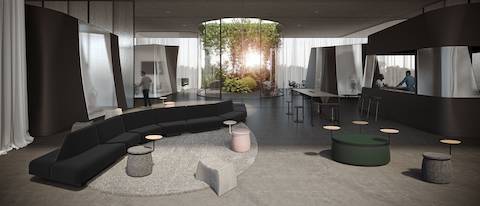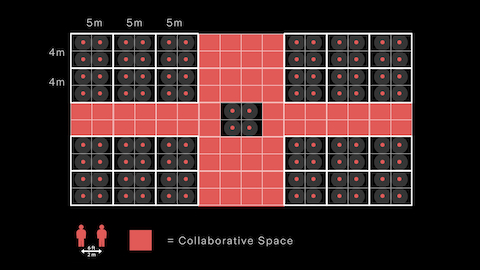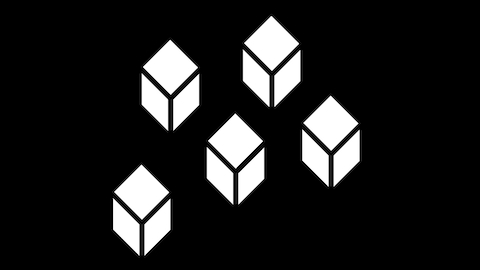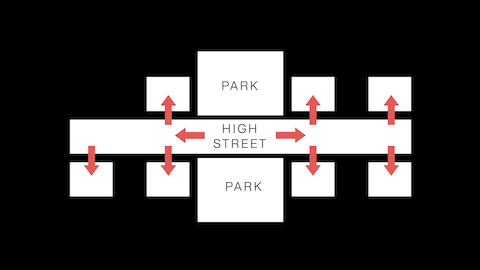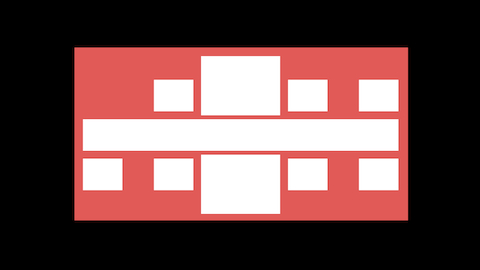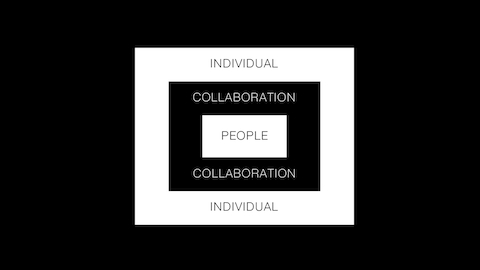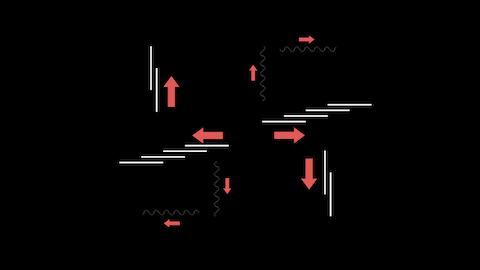At Herman Miller, we’re constantly exploring the future of the office and how we can cater to it. Our latest investigation into the changing face of work is Work, Redefined – The Design Challenge 2021, created as an open dialogue with designers and industry stakeholders on the workplace and where it’s headed.
For the challenge, we invited a selection of designers to conceptualise the workplace of the future, submitting their concepts to a panel of expert judges. Their starting point was an empty (digital) space, with certain parameters established by Herman Miller. Designers were asked to use a curated selection of Herman Miller products to power their space, and the results were exciting, inspired and innovative.
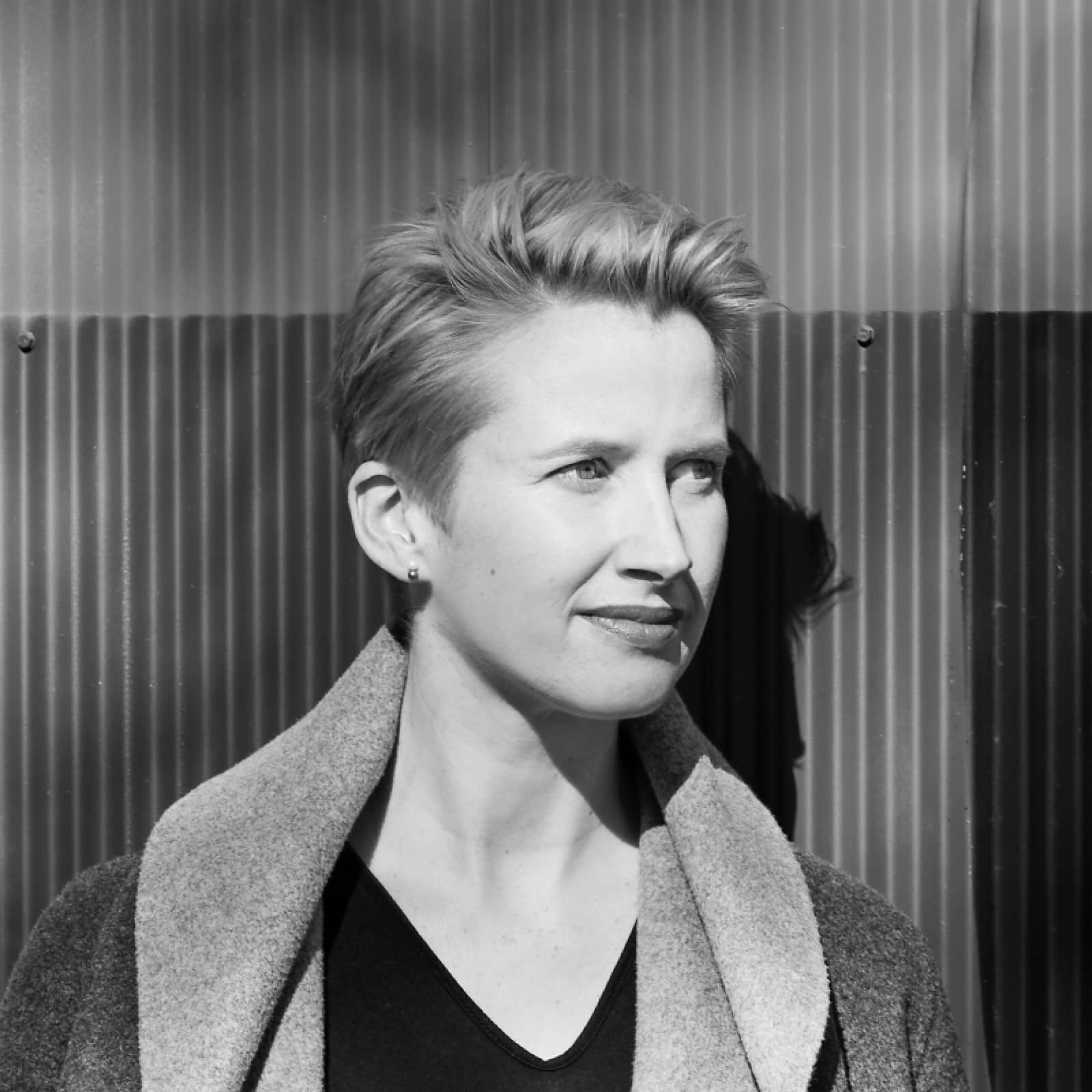
Alice Blackwood
Alice Blackwood has worked in design, architecture and media for 15 years, supporting the Australian design community as a speaker, moderator, MC, assessor, advisor and mentor. She brings her wordsmithing skills and design knowledge to bear in her roles as Editor of Indesign magazine, Managing Editor of Cubes magazine, and as a co-programme director on the INDE.Awards.

James Calder
In his role as Global Director, User Strategy, at consultancy ERA-co, workplace strategist James Calder explores every aspect of educational environments and the office – from planning and design to how end users interact with their space. He has worked with law firms, accountants, bankers, media and tech organisations, as well as developers and government agencies, forming a unique perspective on the future of the workplace.
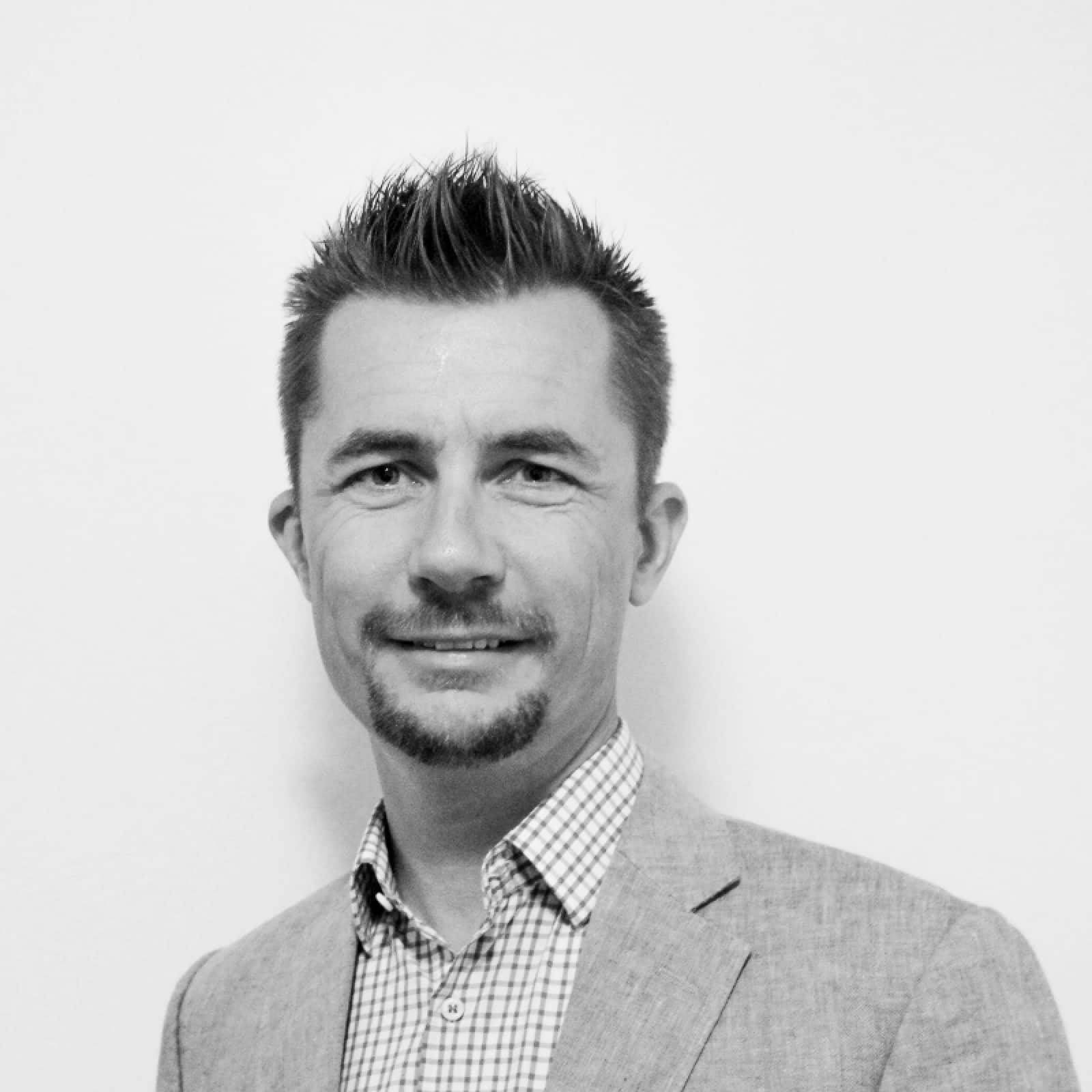
Martijn Joosten
For two decades, Martijn Joosten has worked across in HR, M&A, change management and workplace transformation, giving him a deep understanding of the role of work behaviours and workplace in transforming businesses. Joosten is now Managing Partner for Australia and New Zealand for Veldhoen + Company, the consultancy that spearheaded activity-based working.

Tatiana Gomez
A trained architect, Tatiana Gomez brings her skills into play as a Workplace Knowledge Consultant, Performance Environments, for Herman Miller in the Asia Pacific, Middle East and African regions. She works with Herman Miller’s customers to create high-performance, human-centric work environments, and she provides them with innovative strategies for managing change.
SLAB’s Take on the Future Office
It’s time to farewell a workplace model based on formal work and productivity, says SLAB, in favour of one that emphasises “social opportunity, human connection and collaboration.” Making space for the individual is also important, says the team at the Melbourne-based design studio, which was founded five years ago.
As the winners of Work, Redefined – The Design Challenge 2021, SLAB put community at the core of their imagined workplace. With remote work an ongoing prospect, SLAB argued that the office needs to offer a social experience. The number of people working in the office will shift day by day; and yet, no matter what the density, it needs to retain its “vibe,” says SLAB.
The Strategy
It all started with a series of questions “What positives from the pre-Covid workplace do we retain and hold onto?” asked the SLAB designers. “What, as humans, do we miss and crave? What opportunities can be implemented to improve the workplace typology? How has it disrupted the traditional workplace?”
In answering these questions, SLAB came to the conclusion that the workplace should “pivot to a community office.” They factored this in to their plan, which they formulated for a tech services company – much like the ones they work alongside in their own office. Working in the office for three days and at home for two each week, these tech companies offer a real-time look at the success of hybrid strategies.
The Kit of Pods
Each of the pods responds to one or more of the principles behind SLAB’s future office. The Tech pod, for example, is an acoustically minded space. SLAB envisages that it could be ordered online directly from Herman Miller in a range of sizes, with different components and configurations, depending on the individual organisation’s needs. Made of fully recycled and recyclable materials, each pod is designed to be 3D-printed, resulting in speedy delivery of all the components organisations require for their offices.
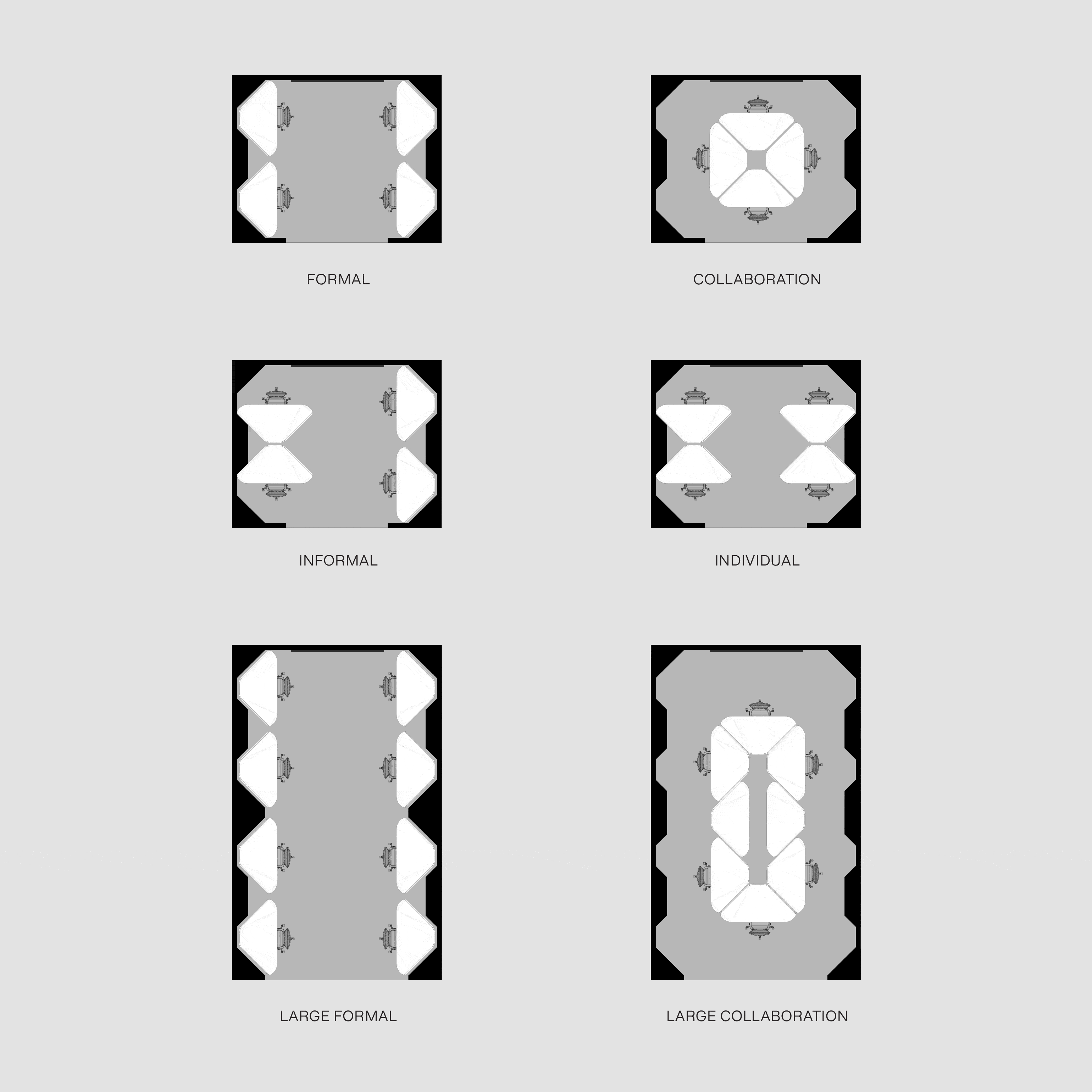
The Temple, meanwhile, is a space for reading, for focus work, for “doing things you love”, whether that’s solo, or in a group, semi-private setting. The Resort is the in-office wellness pod. The smaller version would offer space for four people to do yoga, two to do a workout, or one to sit with a therapist. The larger format could serve as a gym or larger studio for yoga, meditation and more.
SLAB’s work on residential projects (alongside their work on offices) comes through in their design for The Home pod. SLAB’s designers argue that there should be synergy between home and office. That’s why The Home pod offers comfortable, laidback settings, with space for employees’ family to hang out. There’s an option to include a laundry and kitchenette, and space for rest. The Hall pod, meanwhile, invites social interaction over meals, bringing people together through their shared love of food. The Garden also fosters community by providing space for team building, food cultivation, as well as supporting wellbeing.
The Wall & Curtain
Featuring fluted glass sliding walls and white cotton curtains on tracks, this solution allows organisations and their users to turn a larger meeting space into several smaller spaces geared at collaboration and/or focus work, or to close off one whole section when fewer people are working in the office. By bringing people together rather than spreading them out, SLAB foresees that offices would maintain that “vibe” they believe is essential to the workspace.
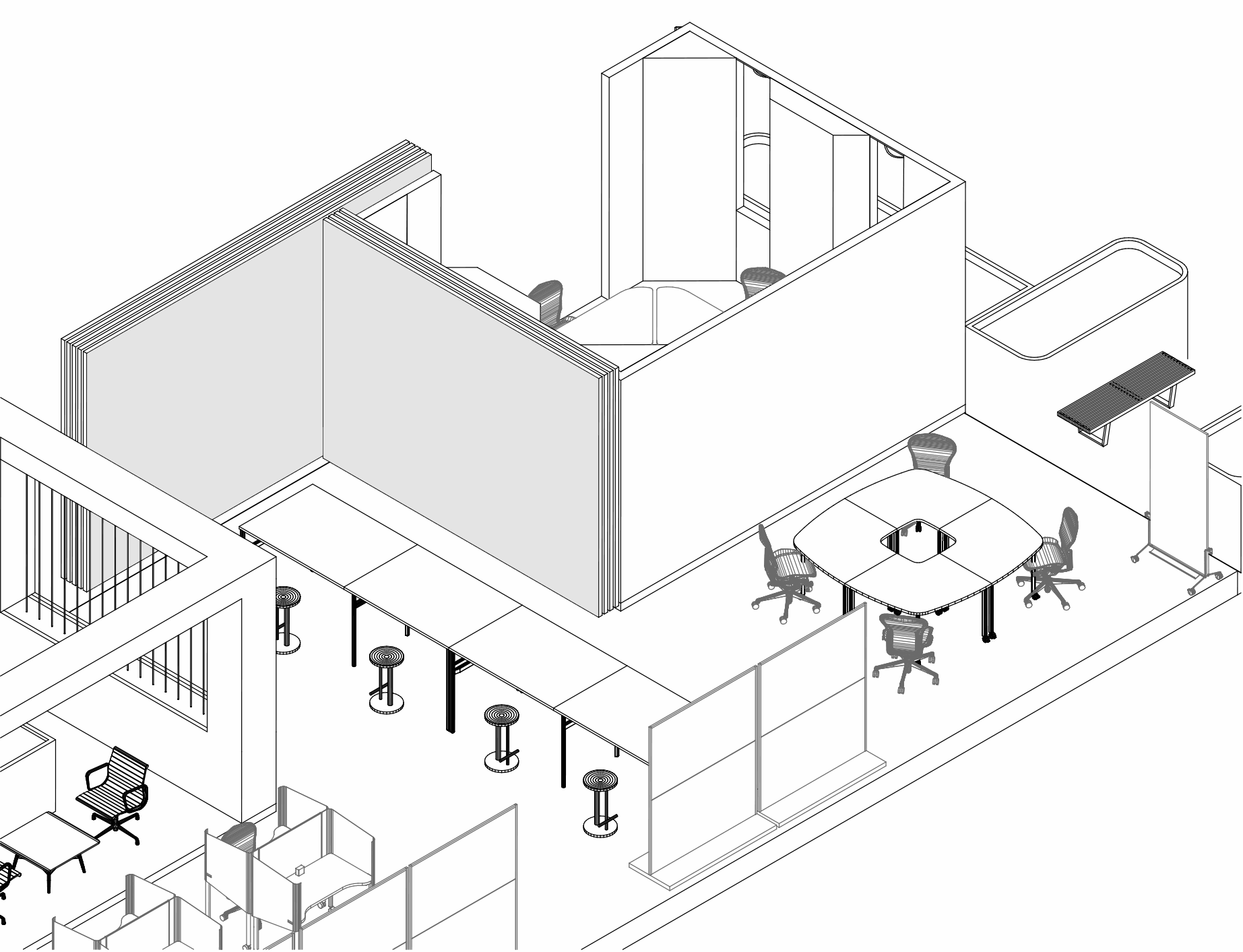
The Kit of Parts
To create an adaptable office that gives people ownership of the spaces they use, and to create a space that has atmosphere no matter how many people are working there, SLAB worked with a specific kit of parts for their concept. These are the essential elements that make up the agile office of the future. There are the Pods, the Gardens, the Walls and the Curtain. Each element answers one of the principles SLAB believes are essential to the future office: community, agility, collaboration, the individual, wellness, balance, accessibility, sustainability, flexibility.
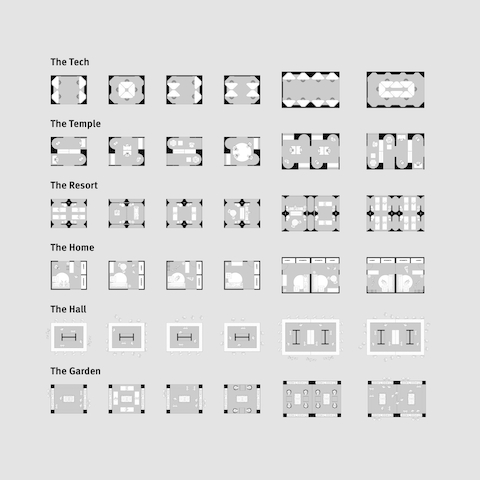
The Solution
While SLAB designed their initial plan around the needs of tech companies, they envisaged that its applications would be universal. Modular and highly flexible thanks to the prefabricated pods, this system allows companies to adjust the elements to suit their requirements at any given moment. The office “should be able to shift, move, adapt, evolve, and change,” says the SLAB team. “Fixed elements and programmes must loosen and be more adaptable.”
Design studios and creative agencies could, for example, incorporate more collaborative space, curating additional furniture to foster interaction, and less space for video conferencing. Financial institutions could build in more solo space, choosing pods geared at focus work.
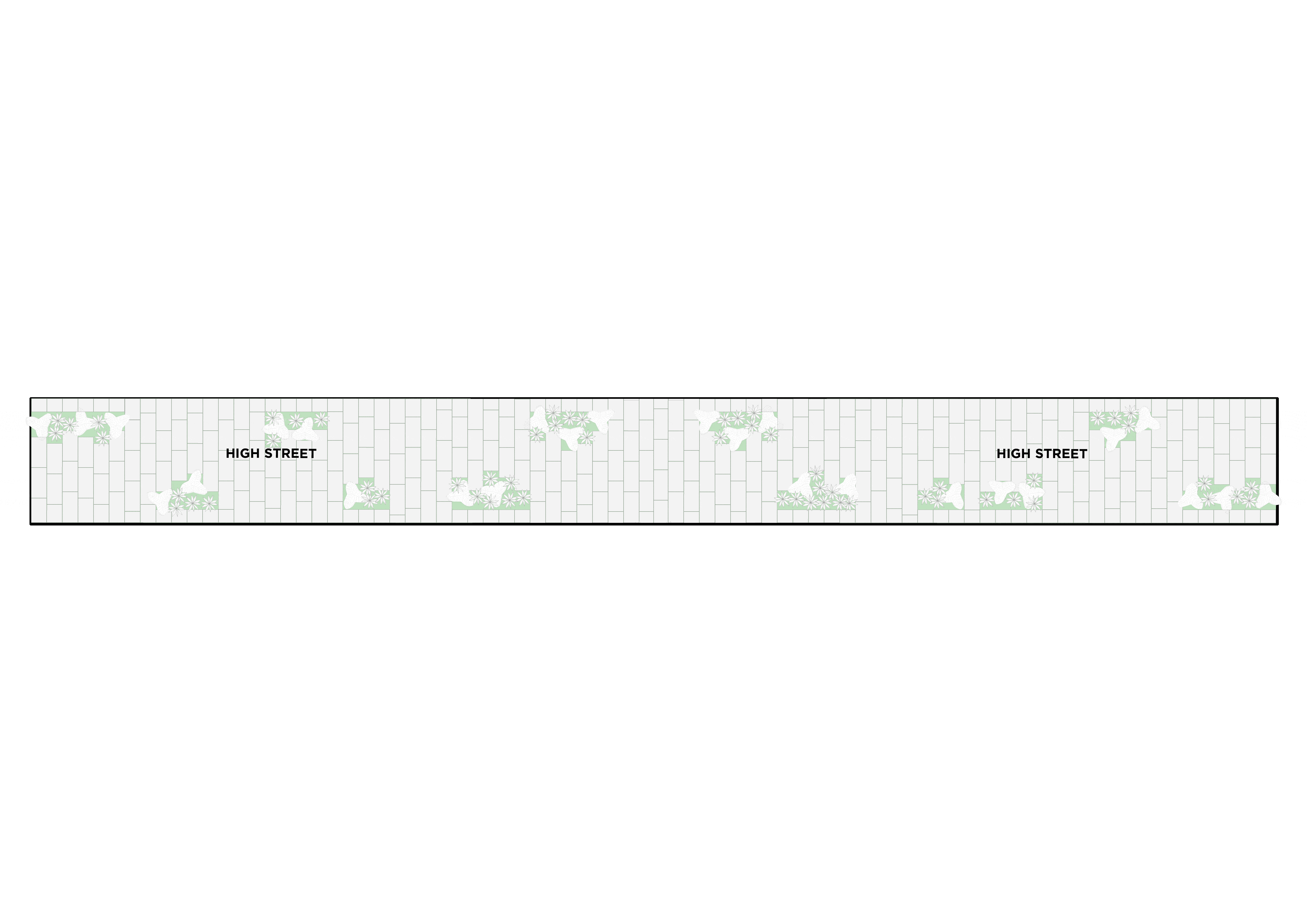
To optimise flexibility, the workspace needs a solid foundation – something SLAB inherently understood. This is why they built the whole system on a grid. The activated high street and the gardens are the only permanent elements in the entire office: they form the underlying structure around which everything else can operate with ever-changing freedom and dynamism.
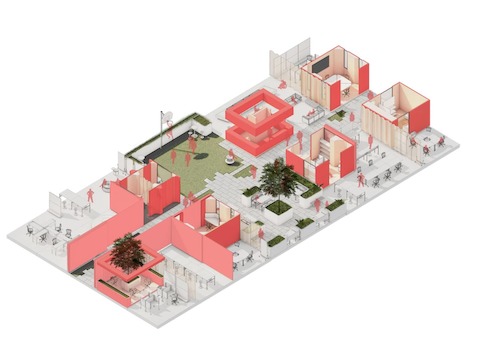
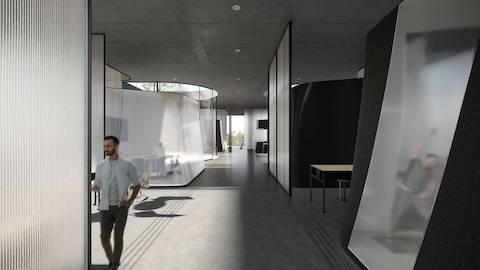
SLAB has conceived an office that’s fully agile and accessible, adapting to its users’ needs, to any level of mobility, and to any company culture. It’s this universal appeal, along with the innovation this concept demonstrated, that saw SLAB win this year’s design challenge. Here is a realistic, functional, and original approach to the challenges we’ll face in the workplace of the future – and an inspiring insight into its potential.
